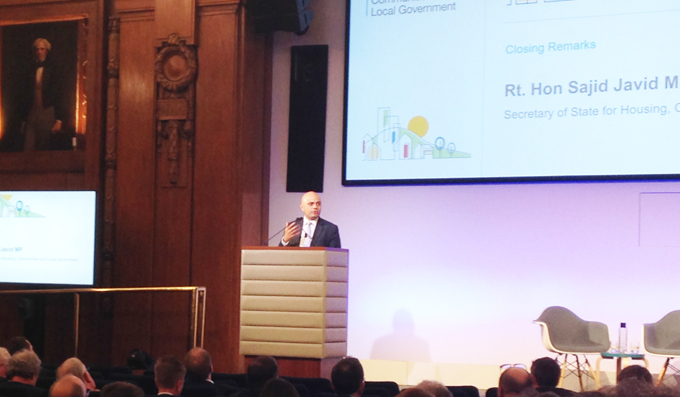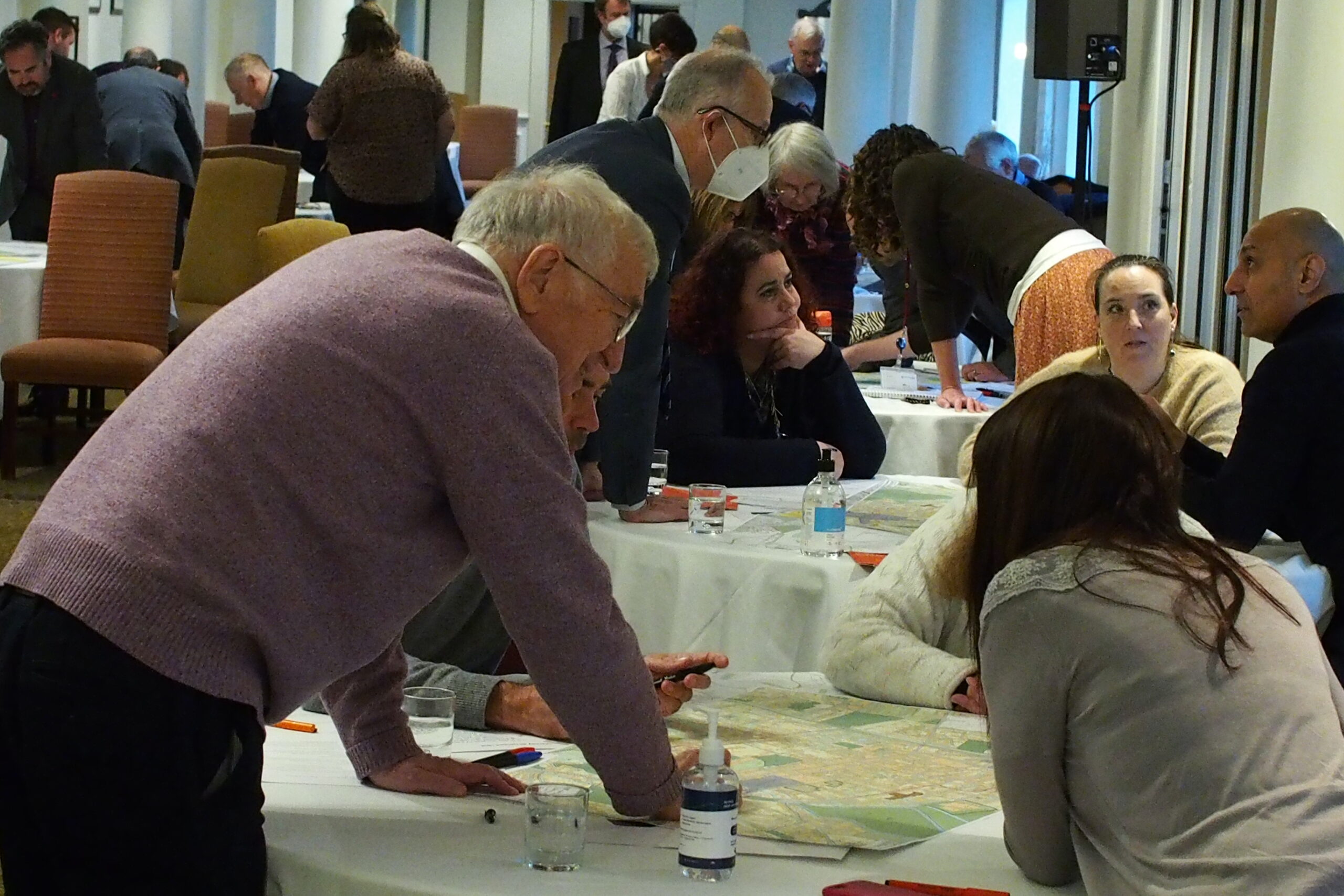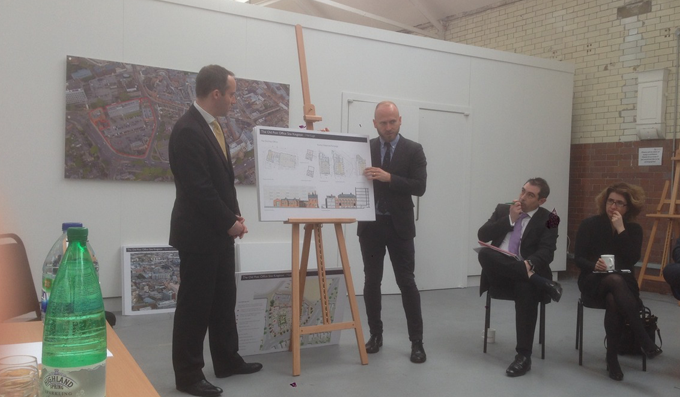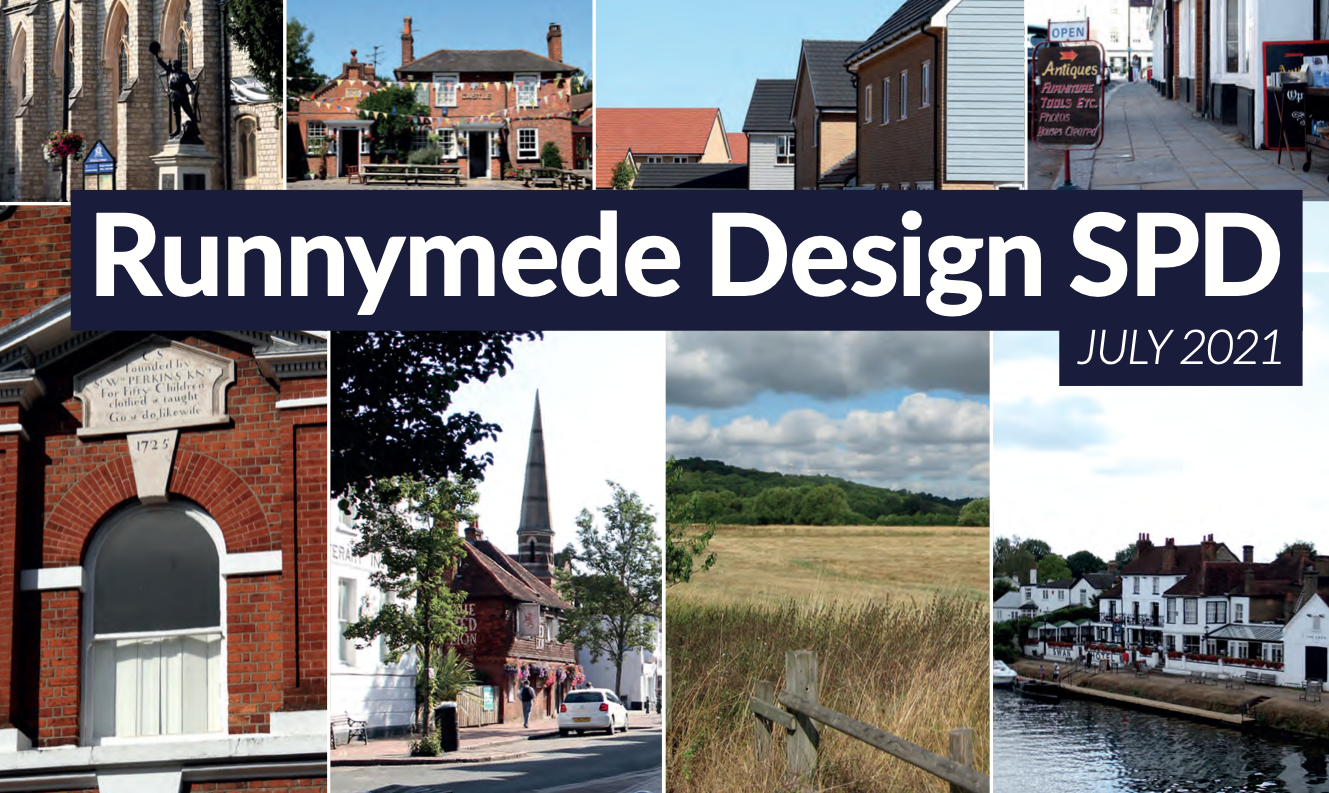Design Quality Conference delivers powerful message but will the new NPPF follow through?
A powerful message emerged from the Ministry of Housing, Communities and Local Government’s ‘Design Quality Conference’ held in London at the end of April 2018 that design is not just about what a place looks like, it’s about how it works, for individuals and for communities. However, an alliance of design focused organisations, including DSE, is asking for the latest version of the National Planning Policy Framework to reflect that ambition.
‘In shaping homes, we’re also shaping lives’ said Sajid Javid MP, who at the time of the conference was Secretary of State for Communities and Local Government but has since moved on to the Home Office. Whilst the underlying motive for the conference was the need to address the housing crisis, the focus of the event was not on quantity but on design quality. As Housing Minister Dominic Raab MP said as he opened the conference; ‘Design really matters, it’s a practical thing, it’s not just abstract. It lies at the heart and soul of the housing challenge’.
Such wide-spread commitment to design quality as was demonstrated by the assembled company of politicians, policy makers, government agencies, local authorities, developers, design professionals, universities, charities and not-for-profit organisations (including DSE) was as much a shared recognition of the negative social and economic consequences of poor quality design as it was an acknowledgement of a need to do things differently. To recognise the wider significance of good design. To set higher expectations. And to work more collaboratively, both professionally and with local people, towards a shared ambition to create better places to live and work.
‘We owe it to this and the generations to come to leave a legacy of places that, whether you’re putting down roots or just passing through, lift the human spirit’. Javid’s words reinforce the collective responsibility – of planners, design professionals, developers and councillors – to ensure that in shaping our homes and towns we are shaping lives in the most positive way. For design is not skin deep. It is not a veneer. It is the very essence of how we live, of how we feel about where we live and it plays an essential role in shaping the quality of our lives, both individually and communally.
The Government’s revised National Planning Policy Framework (NPPF) strengthens the focus on high quality design, promotes community engagement and recommends the use of tools and techniques to assess design quality – including the use of design review panels. This conference showcased the wider benefits of high-quality design. As Javid said, ‘The gains are much bigger than just somewhere that looks good. It could be a quiet place to study that means you get a better chance at school. Parks and other outdoor spaces will be good for your health and your mental health. And public spaces that design in opportunities for people to come together across generations can end up designing out isolation and helping to build those strong communities.’
However, in a letter to James Brokenshire, who replaced Javid at the MHCLG, the Design Network, which includes DSE, the Place Alliance, Civic Voice, IHBC, the Urban Design Group and the Academy of Urbanism urges the Government ‘to re-consider paragraphs 124 to 131 in the draft revised NPPF and re-draft them in order to leave no room for doubt that the proactive pursuit of good place making and design is a national expectation, and that the Government will be actively supporting local authorities who take such matters seriously.
The alliance separately submitted detailed recommendations to the formal NPPF review but summarised these in the letter to Brokenshire, in five points:
- The pursuit of design quality should begin as a strong strategic aspiration. Suitable high-level design expectations and related delivery processes should be included in the list of strategic policies required from local planning authorities. The NPPF should require quality design at all scales, from individual buildings through to achieving good urban form.
- There should be an expectation that proactive site-specific design guidance be provided up front and early for all key development sites or areas undergoing substantial change.
- Highlighting the value of design workshops is welcomed, but Government should go further to require that the preparation for major housing developments include one or more workshops to engage key stakeholders (including the community) early and in a positive manner in the development process.
- As a minimum, some expectation that independent expert design review should occur for all major and / or locally significant projects, should be included in policy.
- The new policy should make explicit reference to Manual for Streets and to Government’s expectation that the guidance contained therein is adopted jointly by highways and planning authorities as the basis for highways design.





